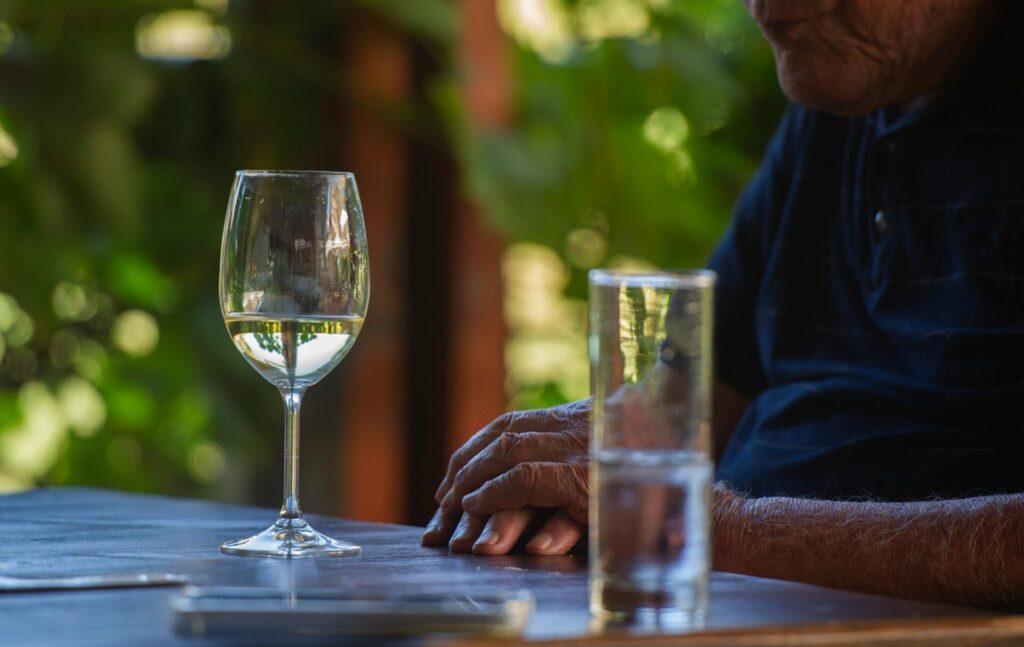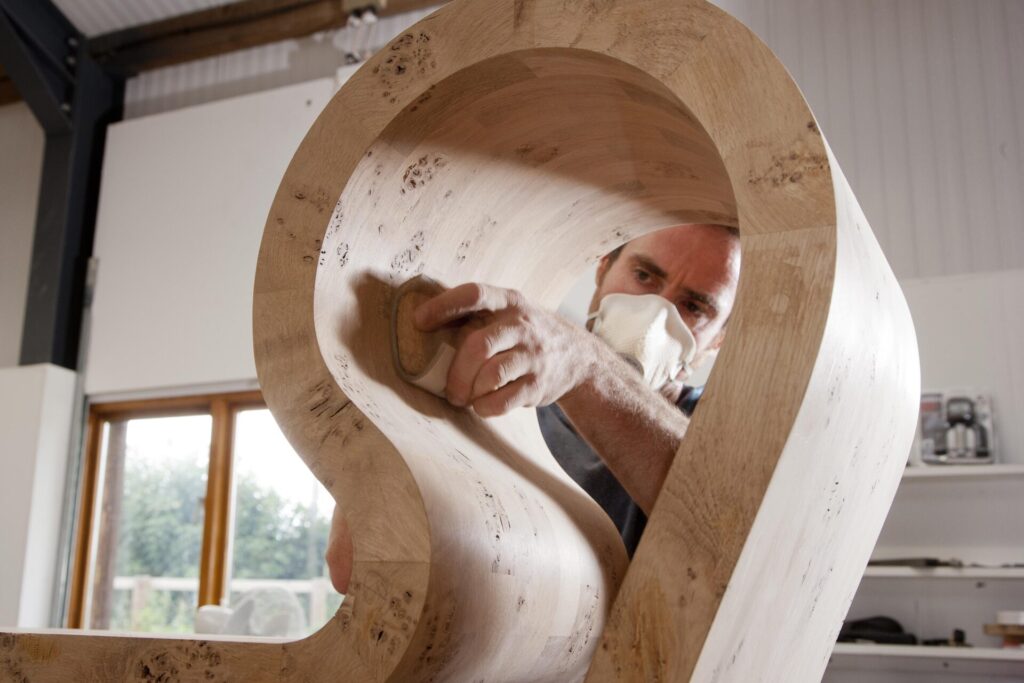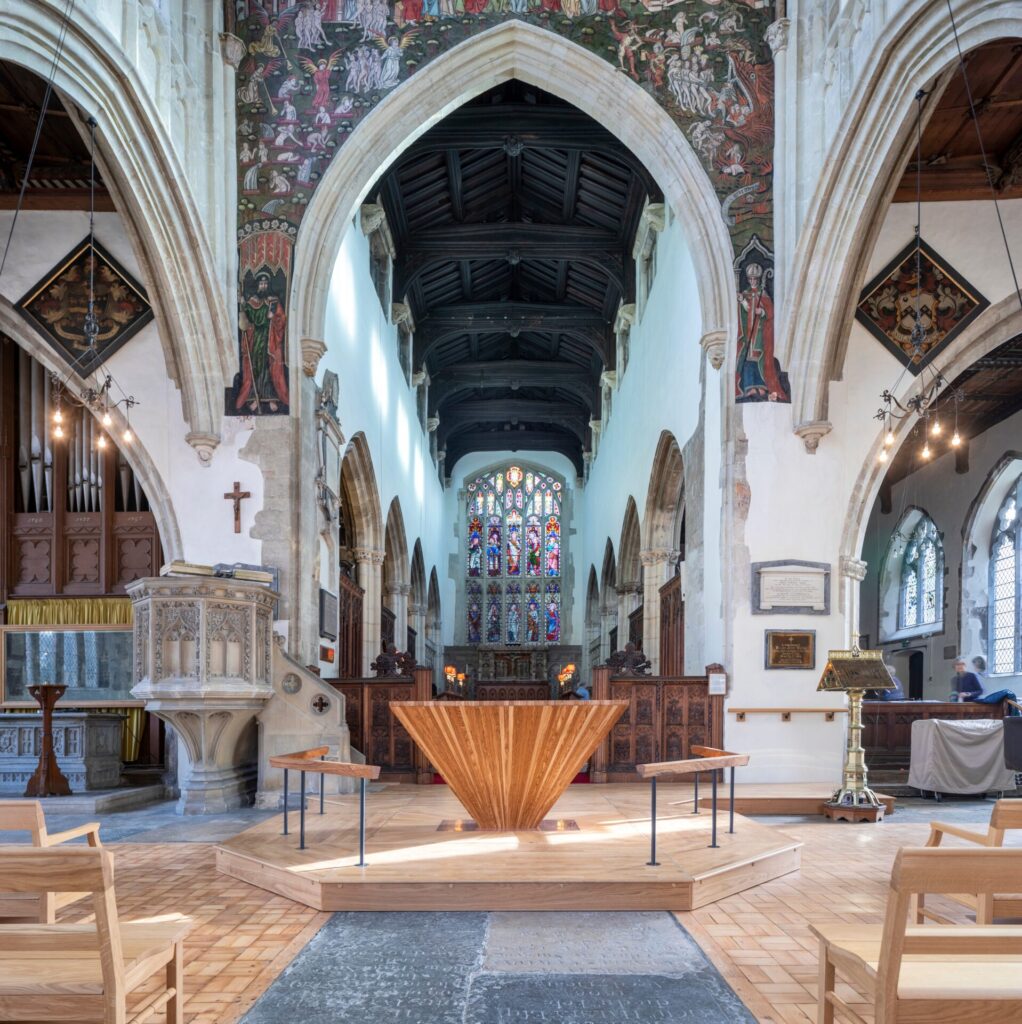Why your poo matters more than you think – expert Karen Geary explains how small food changes can make a big digestive difference

If you have ever visited a nutritionist, one of the first things they’ll likely ask about is your poo. It may not be your average dinner table conversation, but it’s a crucial indicator of digestive health.
At its simplest, if you’re not going at least once a day, your digestive system might not be functioning optimally. If you’re struggling to go at least three times a week, or it’s hard to poo, you are likely dealing with constipation.
Constipation isn’t just a nuisance – it can have long-term health consequences. With more than 40,000 colorectal cancers diagnosed in the UK each year, and an increasing trend among younger people, prevention is key. Research suggests that more than 54 per cent of cases could be preventable, with diet playing a major role.
While lifestyle factors like movement and hydration play a role, nutrition is fundamental for keeping digestion regular. Here are ten evidence-based nutrition strategies to help prevent and relieve constipation naturally:
Increase fibre gradually
Fibre adds bulk to stools and supports bowel movements, but a sudden increase can cause bloating. Aim for 25–30g of fibre daily from whole foods like vegetables, fruits, legumes, nuts, and whole grains, while increasing intake slowly.
Prioritise soluble and insoluble fibre
Both types of fibre support digestion. Soluble fibre (found in oats, flaxseeds, and apples) absorbs water and softens stools, while insoluble fibre (in whole grains, leafy greens, and nuts) adds bulk and speeds up transit time. Don’t just rely on grains for fibre though – plants should be your primary source. Aim for at least seven cups of vegetables a day.
Stay hydrated
Fibre needs water to work effectively. Without enough fluid, it can have the opposite effect and make constipation worse. Aim for at least 1.5–2 litres of water a day, more if you are consuming high amounts of fibre.
Include magnesium-rich foods
Magnesium acts as a natural muscle relaxant, supporting bowel movements. Foods like leafy greens, nuts, seeds and dark chocolate provide magnesium.
Incorporate fermented foods
A balanced gut microbiome aids digestion. Yogurt, kefir, sauerkraut, kimchi and miso all contain beneficial probiotics that promote regularity by improving gut bacteria diversity.

Foods for natural constipation relief
Yes, we’re starting with prunes: Granny knew what she was talking about. They contain sorbitol, a natural sugar alcohol that draws water into the intestines, softening stools and making them easier to pass. They also have insoluble fibre to add bulk.
Kiwi fruit is rich in fibre and contains actinidin, an enzyme that speeds up digestion and promotes regular bowel movements. Studies suggest eating two kiwis a day can improve stool consistency and frequency. Apple provides both soluble and insoluble fibre, helping retain water in the stool while also adding bulk. Apples also contain pectin, a type of soluble fibre that supports gut motility. Figs are packed with fibre and contain ficin, an enzyme that aids digestion by helping break down food more efficiently. Dried figs are particularly effective for improving stool consistency. Ginger stimulates digestion by increasing gastric motility (the movement of food through the digestive tract) and reducing bloating. It helps relax the intestinal muscles, allowing for smoother bowel movements. A cup of ginger tea before bedtime may help restore bowel regularity. Papaya contains papain, an enzyme that assists in breaking down proteins and supporting overall digestion. It also has a high water and fibre content, making it a gentle natural laxative. Herbal Teas such as marshmallow and hibiscus can help soothe the digestive tract and support hydration. Marshmallow tea has mucilaginous properties that coat and soothe the gut, while hibiscus tea provides mild digestive stimulation.
Add flax or chia seeds to your breakfast
Flaxseeds and chia seeds are rich in fibre and omega-3s, which help lubricate the intestines. Soaking chia seeds in water can create a gel-like consistency that eases stool passage.
Limit processed and low-fibre foods
Ultra-processed foods, refined grains, and excessive dairy can slow digestion and contribute to constipation. Swap white bread and pasta for whole grain alternatives and include more whole foods in meals.
Consume healthy fats
Fats help keep stools soft and promote gut motility. Include sources like olive oil, avocado, nuts, and fatty fish in your diet to support digestive health.
Time your caffeine intake wisely
Coffee can stimulate bowel movements, but too much caffeine may dehydrate and worsen constipation. If you find yourself relying on coffee to go, make sure you’re balancing it with adequate water intake.
By making simple dietary changes, most cases of constipation can be improved naturally. If symptoms persist despite these strategies, consulting a healthcare provider can help identify underlying causes and appropriate interventions.
































